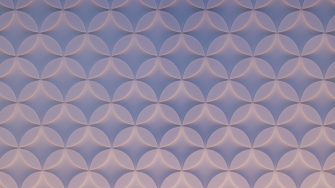
Fibre reinforced composites are classed as either continuous (long fibres) or discontinuous (short fibres).
When the fibres are aligned they provide maximum strength but only along the direction of alignment. The composite is considerably weaker along other directions and is therefore highly anisotropic.
a) b)
b) c)
c)
a) Continuous aligned b) Discontinuous random c) Discontinuous aligned
This anisotropy can be overcome by randomly aligning fibres in all directions. This, however, is a less effective strengthening technique but has the advantage of increased formability and reduced cost.
Components that require strength in one particular direction will use aligned fibres while components that require strength in more than one direction will use randomly oriented fibres.
Composites that have fibres aligned in one principal direction are made using either continuous or discontinuous fibres. Composites with randomly oriented fibres are usually made with discontinuous fibres.
Composites are essentially tailor made materials in that there are a number of parameters, other than the properties of the fibres and matrix, that can be changed to meet the design requirements of a given application.
